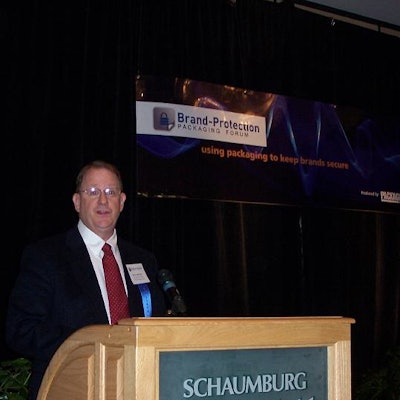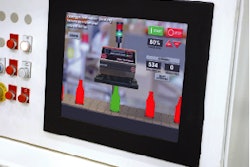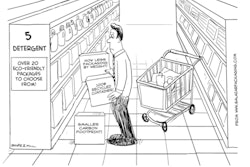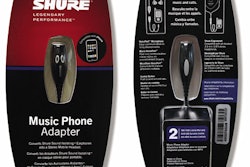Held at the Chicago Marriott Schaumburg April 8 and produced by Summit Publishing Co. with BPCouncil.com as a supporting association, this educational and networking conference was attended by more than 115 professionals.
Leading brand owners such as Intel Corp., HP, Liz Claiborne, Lexmark, Johnson & Johnson Medical Device and Diagnostics, and Purdue Pharmaceuticals shared their strategies for securing brand image and product integrity using the latest packaging materials and technologies.
David Howard, director product protection global brand integrity at Johnson & Johnson, spoke about how to implement a brand-protection program.
“The first step in any organization is to know thyself,” Howard advised. “Where are your products made? How do you distribute? Where do you market? Are you local? Regional? Global? Who touches your products?” Without detailed answers to such questions, solutions being considered or the ones already being implemented may be misguided, Howard told the Forum audience.
Focusing on the distribution channel, Howard emphasized that looking upstream is not enough. “Equally vulnerable is the downstream activity. Know your channel customers and discuss your findings with them. You need boots on the ground, so go talk with your channel partners.”
Central to the brand-protection strategy at J&J was the development of a risk assessment tool that helps operating companies—all 235 of them in 57 countries—get the information they need. Taking three years to develop, it determines in a scoring grid what the impact of counterfeiting is—irritation, sickness, death, etc. Perhaps most important of all, it’s demonstrably proactive.
“Having been through some counterfeit issues where rapid response was crucial, I can assure you it’s amazing how favorably the federal government views a proactive stance,” said Howard.
Other key points made by Howard included these:
• If you put a risk assessment tool in place and then do nothing upon determining that your products are at risk, you’re making a big mistake.
• If you aren’t carefully monitoring your returned goods, start to do so. It’s astonishing how many companies put returned products back on the shelf with little or no scrutiny or investigation.
• Take a hard look at information gained in your consumer complaint program. “We’ve received good information through our complaint program, information that should have alerted us to brand-protection indicators or issues. But we didn’t always pay close enough attention. Now we do.”
• If you’re putting brand protection features on your packs and you’re not checking them in the field, you can’t know if they’re being effective.
• Not every product requires the same approach when it comes to brand protection. Analyze each product on its own and tailor your solution to that product’s needs.
• Packaging plays a pivotal role in product protection. Sound package design and development will enhance brand-protection efforts. Likewise, poorly designed packaging may make it easier than ever for someone to compromise your brands.
• Deploy no brand-protection technology that you can’t update at a moment’s notice.
• There is no one best technology in the fight against counterfeiting, tampering, and diversion. Technologies continue to evolve.
• Take the time to really know what you need before you come anywhere near implementation of a brand-protection solution. Even if you’ve already started in on a program, it wouldn’t hurt to circle back and see how clearly you’ve defined your needs.
For information on sponsorship or speaking opportunities at the April 2009 Brand-Protection Packaging Forum, contact Events Manager Adriene Cooper at 312/222-1010 ext. 136 or at [email protected]



























